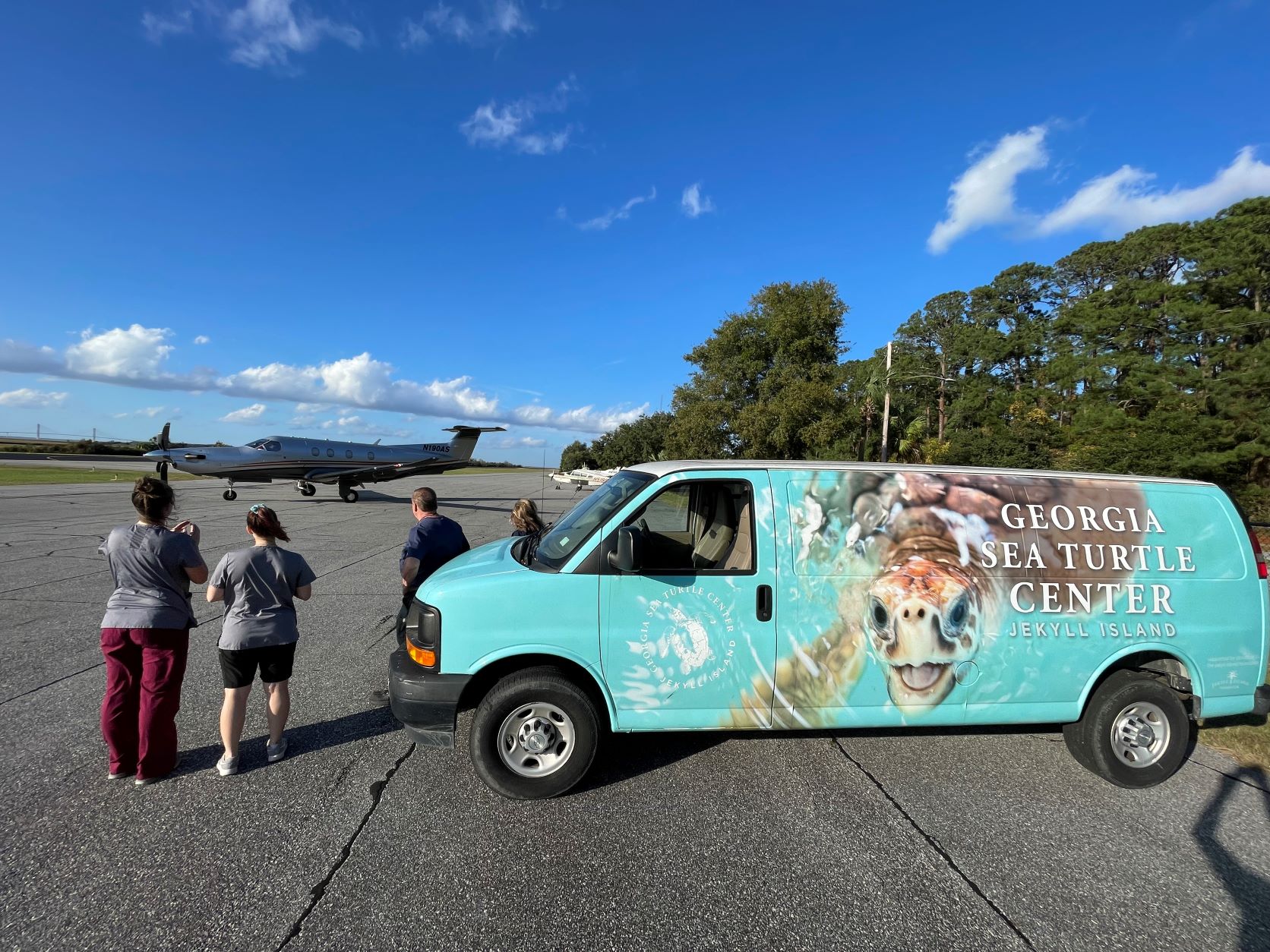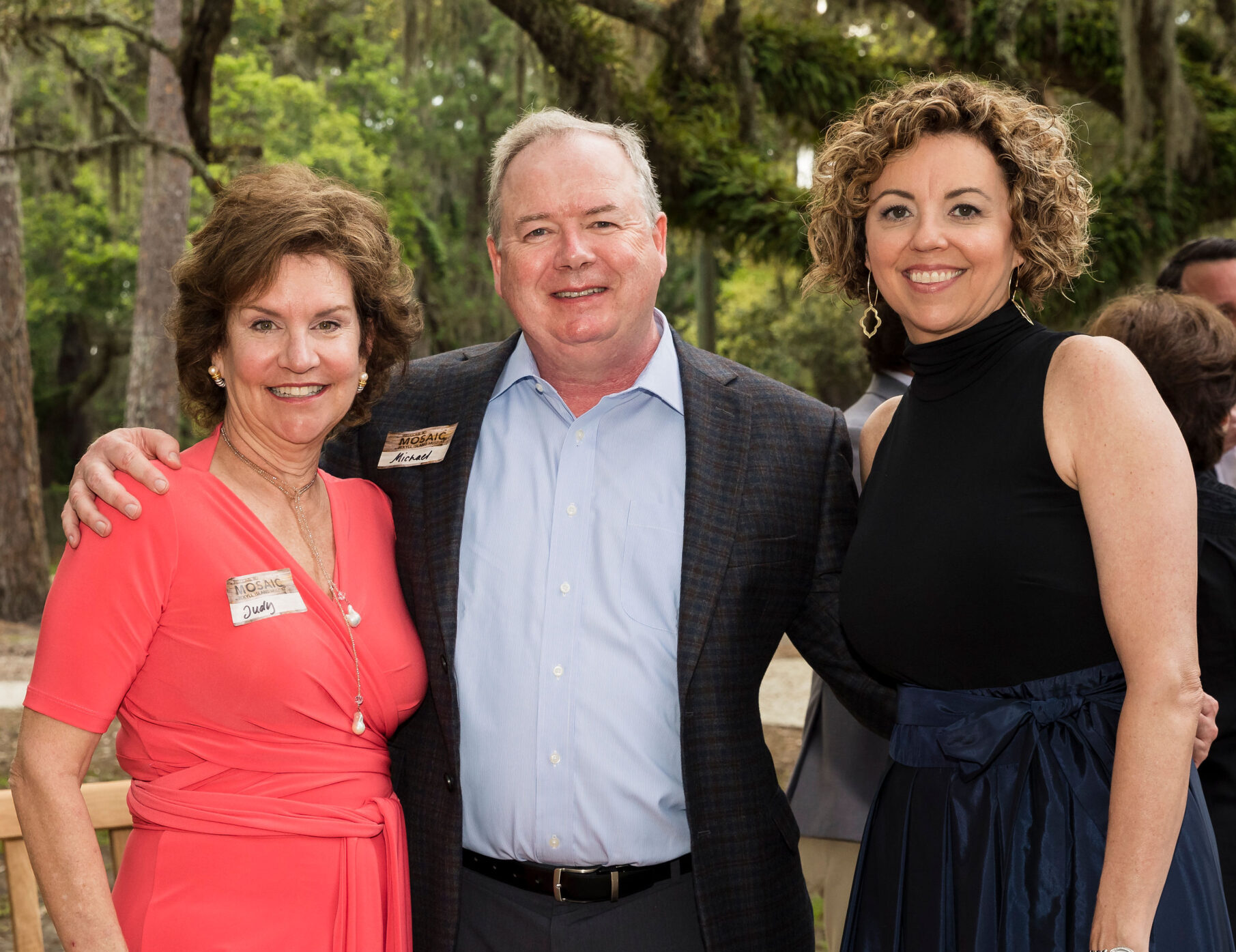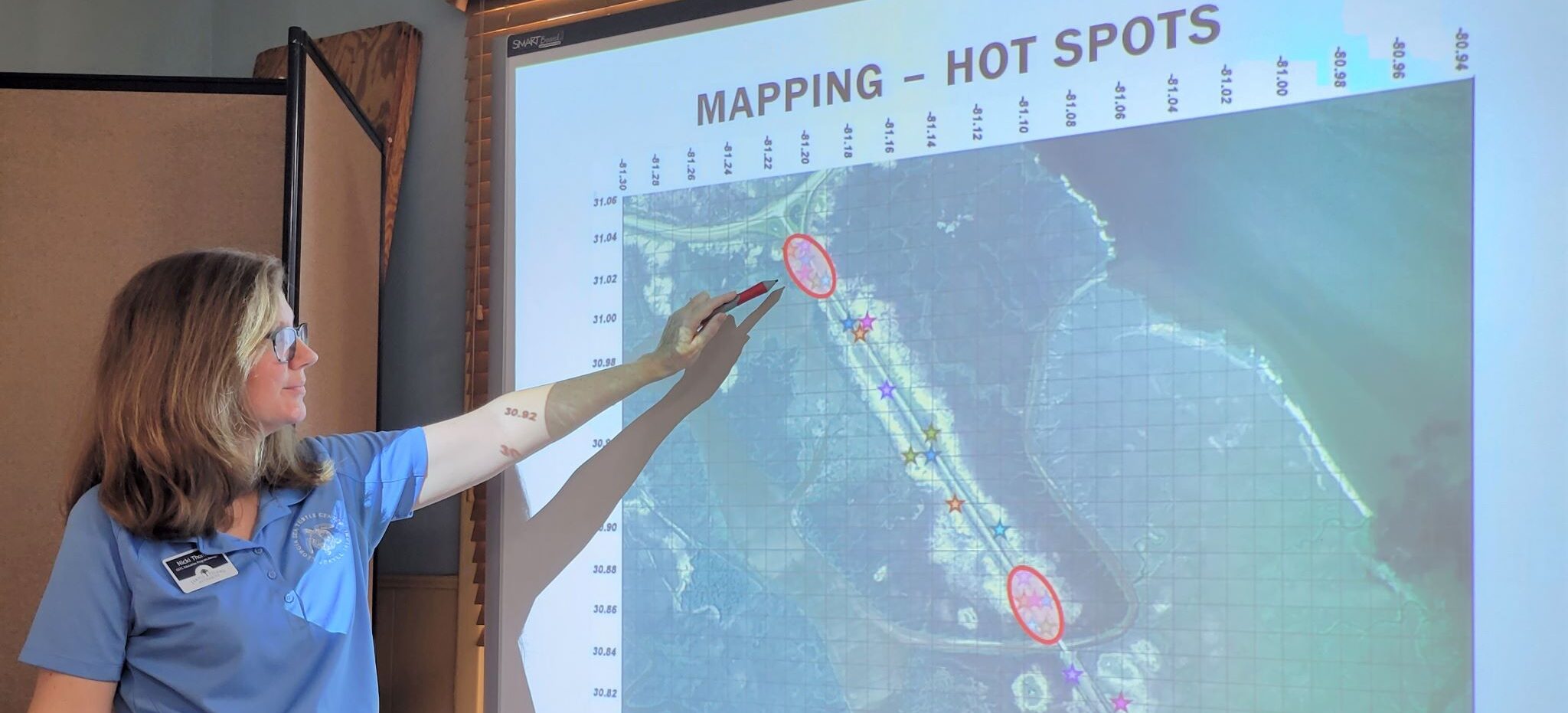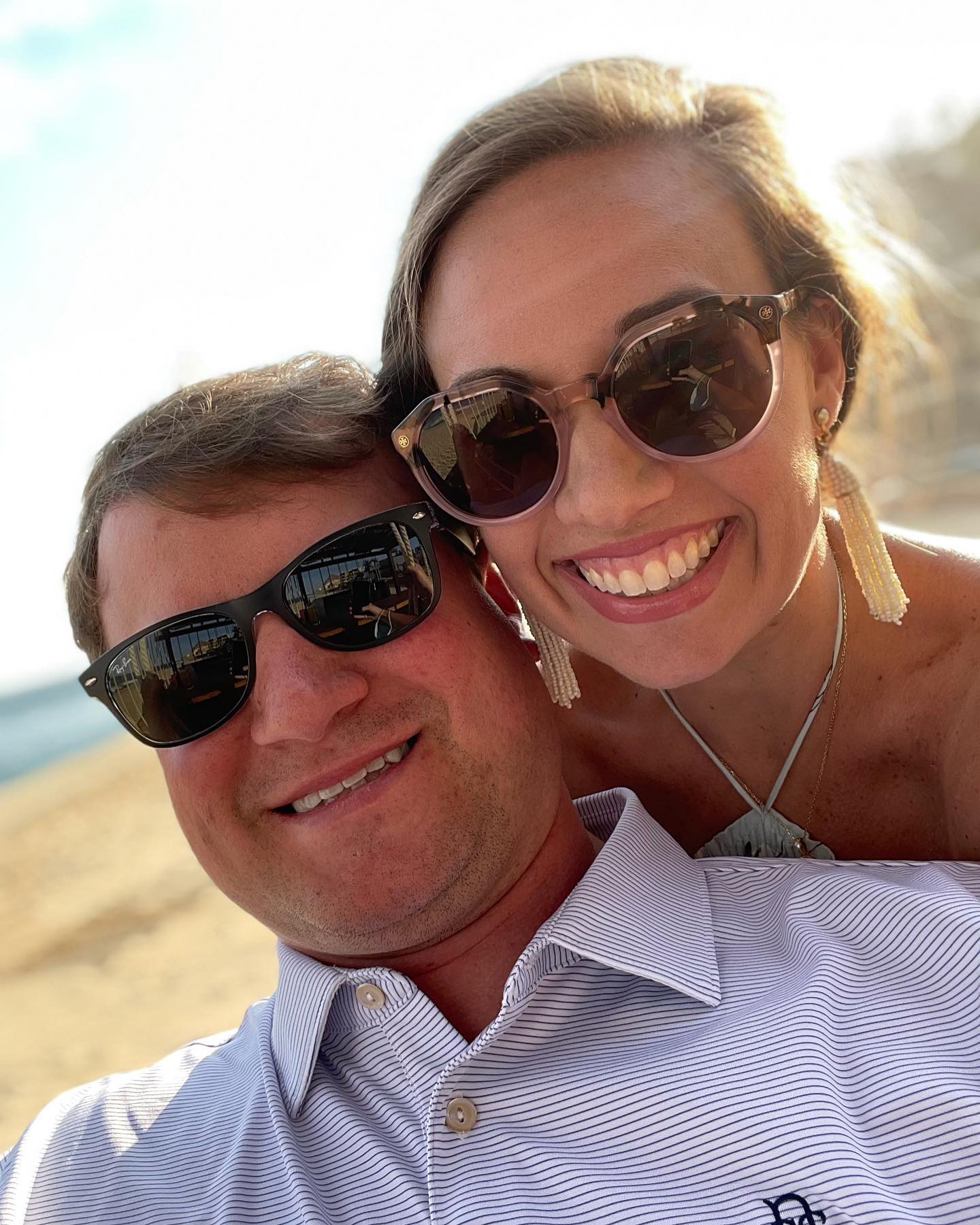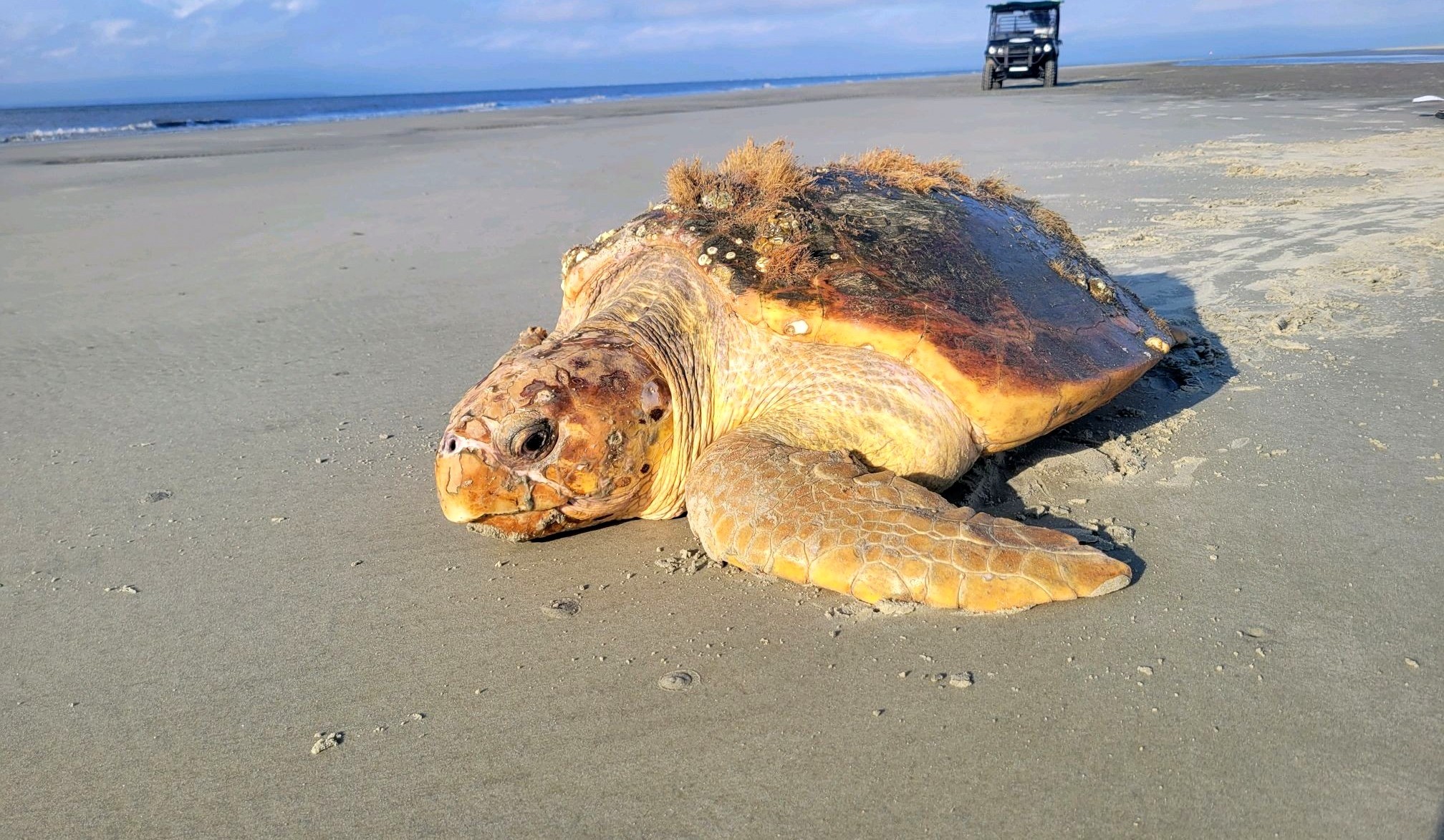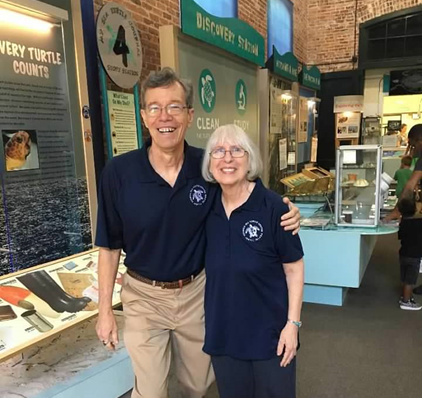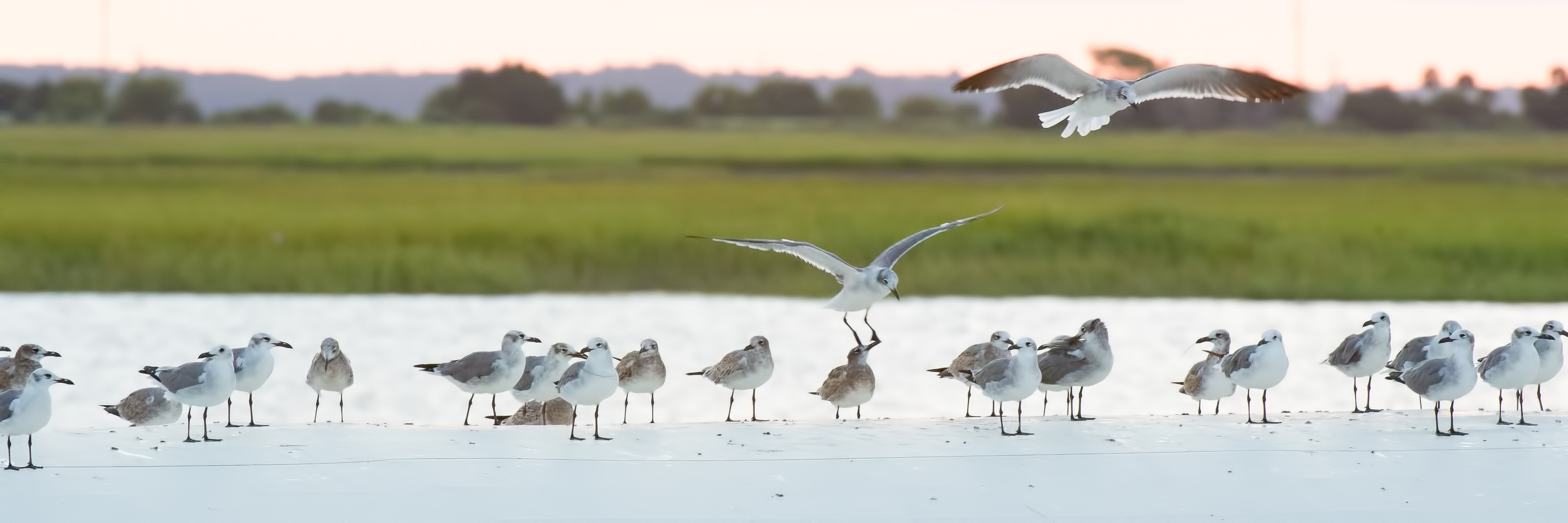by Rachel Overmeyer, GSTC Rehabilitation Program Manager
Who doesn’t love a good pecan, macadamia nut, hazelnut, beech nut, or walnut? Nuts can be sweet, salty, or a little bit of both, which is also the case for cold stunned sea turtle patients. Every year there is a naming theme for the cold stunned turtles that arrive to the Center in the cold winter months, and this year’s theme was types of nuts.
The assumption would be that colder weather means less sea turtle patients for the Georgia Sea Turtle Center (GSTC) but in reality, that simply isn’t the case. Every year the GSTC treats and releases sea turtles that have been cold stunned. Cold stunning is the reptile version of hypothermia and occurs when the surrounding water temperature drops below 50°F for an extended period. Sea turtles are ectotherms and rely on the surrounding environment to help regulate their body temperature. When the temperature drops too low it can cause these turtles to float and eventually strand.
This winter was no different. The GSTC, with the help of Turtles Fly Too, received eight cold stunned juvenile Kemp’s ridley (Lepidochelys kempii) sea turtles from the New England Aquarium to help continue their care. Through these partnerships, the GSTC has been able to help rehabilitate more than 150 sea turtles from the New England area since 2014. The GSTC also received six cold stun juvenile green sea turtles from Georgia waters.
Care for these animals begins with a physical exam, blood work, fluid therapy and by slowly raising their body temperatures 5°F per day. Once the patient’s body temperature reaches 75°F, food can start to be offered and drugs administered. If all goes well and the patients don’t develop any secondary issues such as pneumonia, they can be released relatively soon once water temperatures warm up. Please stop by and check out the cold stun patients at the GSTC, from the elevated walkway or even on one of the Behind the Scenes Tours. The Jekyll Island Foundation’s funding support of the Center’s rehabilitation mission helps every turtle’s journey to heal and make it back home. To help support the Georgia Sea Turtle Center, click HERE. To learn more about the Jekyll Island Foundation, click HERE.
